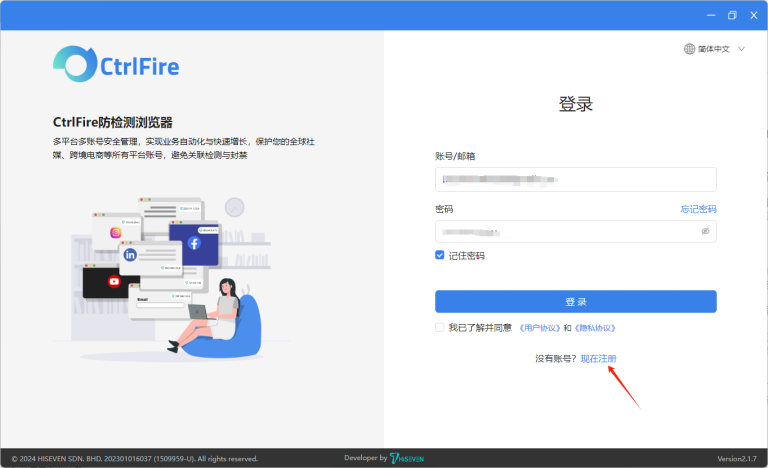Canvas Fingerprint Technology: What It Is and How It Works?
No matter whether browsing websites, shopping, or engaging in social activities online, users’ information is collected by websites and platforms. These sites directly use cookie tracking systems to identify and track users, as well as employ Canvas fingerprint technology, which not only accurately identifies users but also bypasses traditional privacy protection measures. So, what is Canvas fingerprint technology? How does it work?
When a browser performs functions, it collects various pieces of information used to identify website users; this is known as browser fingerprinting. Browser fingerprints are formed based on information such as device model, browser type and version, operating system, screen resolution, time zone, file format identifiers, timestamps, user agent strings, language settings, plugins, and extensions.
This browser fingerprint can identify web visitors with 99% accuracy. It’s called a fingerprint because the likelihood of finding two users with an identical set of information is extremely low. Canvas fingerprinting is a type of browser fingerprint technology based on the Canvas element in the HTML5 code of web pages.
How Canvas Fingerprinting Works
Canvas fingerprinting uses the browser’s Canvas API to draw invisible images and extract a persistent, long-term fingerprint without the user’s knowledge. The HTML5 Canvas element is designed to draw graphics on web pages. The rendering of the canvas element will differ across devices. Different browsers and operating systems will render these canvas elements as accurately as possible based on their internal resources, but due to variations in system and browser capabilities, the resulting images will always differ.
Canvas fingerprinting leverages this characteristic by generating a random image and text and determining and generating specific browser data based on its unique rendering results. This data is then encoded to create a Canvas fingerprint.
A Canvas fingerprint is a unique hash code. A hash code is a product of a hash function, which simplifies images, text, or audio data into standardized data values while maintaining the uniqueness of the original material. They are primarily used for quickly and easily comparing large amounts of data.
Practical Uses of Canvas Fingerprinting
Canvas fingerprinting is used to track users and provide them with desired content, such as content personalization and targeted advertising. Additionally, Canvas fingerprints are utilized for web analytics and fraud prevention.
Although Canvas fingerprinting is very important for both users and website owners, it does have some drawbacks. For instance, its accuracy in describing unique site visitors is slightly lacking, at about 99.99%. Furthermore, fingerprinting mobile device users can be quite challenging due to the many standardized hardware and software components used in mobile devices.
How to Avoid Canvas Fingerprinting?
Completely avoiding Canvas fingerprinting is virtually impossible because it is a core part of web pages. However, there are still some methods to block Canvas fingerprinting, such as using anti-detection browsers and controlling how users are tracked online.
Recommended Anti-Detection Browser
CtrlFire, the anti-detection browser, is a multi-platform, multi-account security expert that helps achieve business automation and rapid growth, protecting all accounts on global social media platforms and cross-border e-commerce from association detection and risks. It is suitable for social media operations, cross-border e-commerce, traffic monetization, affiliate marketing, ticketing, data collection, and other businesses.
Click to download the product and experience the multi-platform, multi-account security management features of the CtrlFire anti-detection browser!





